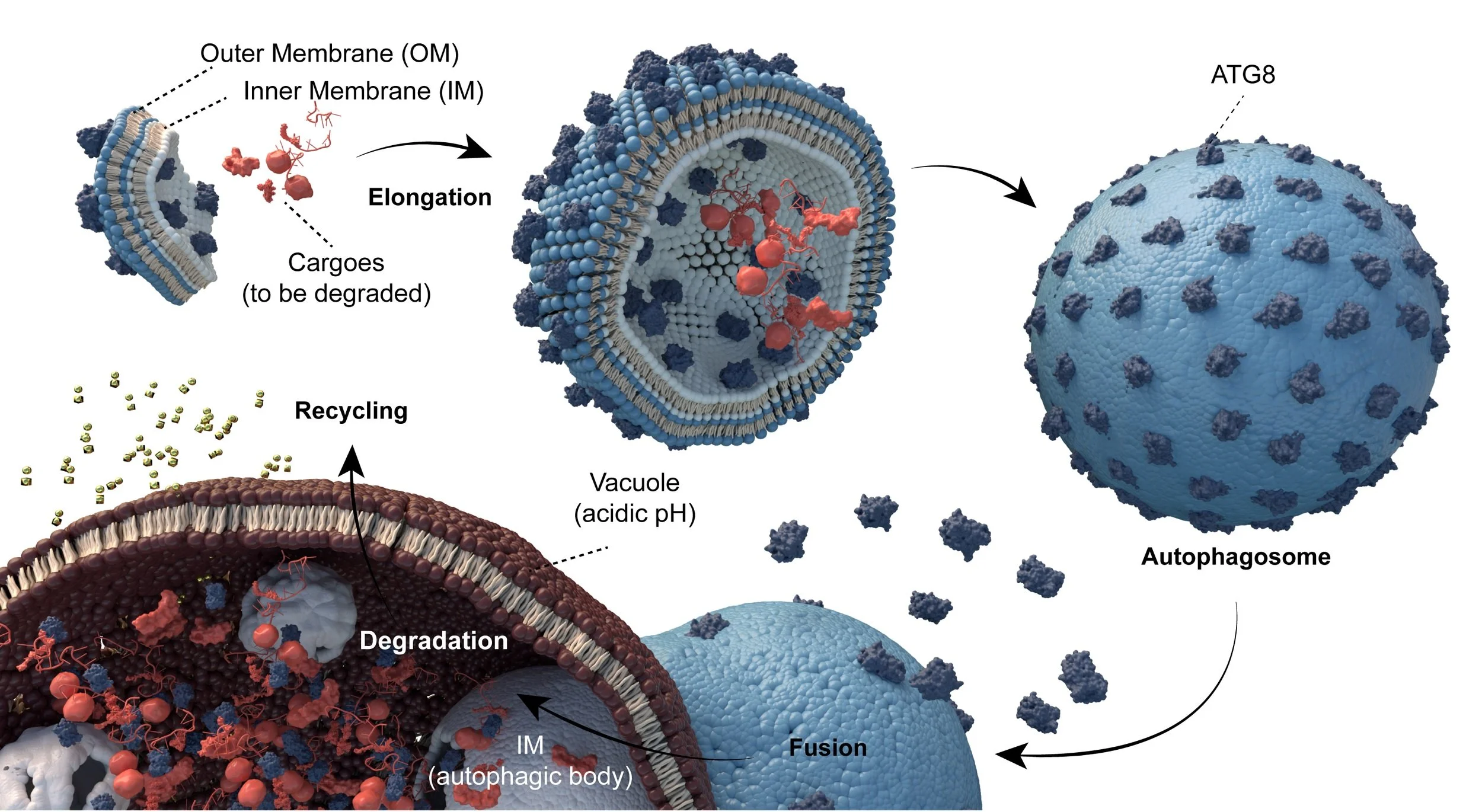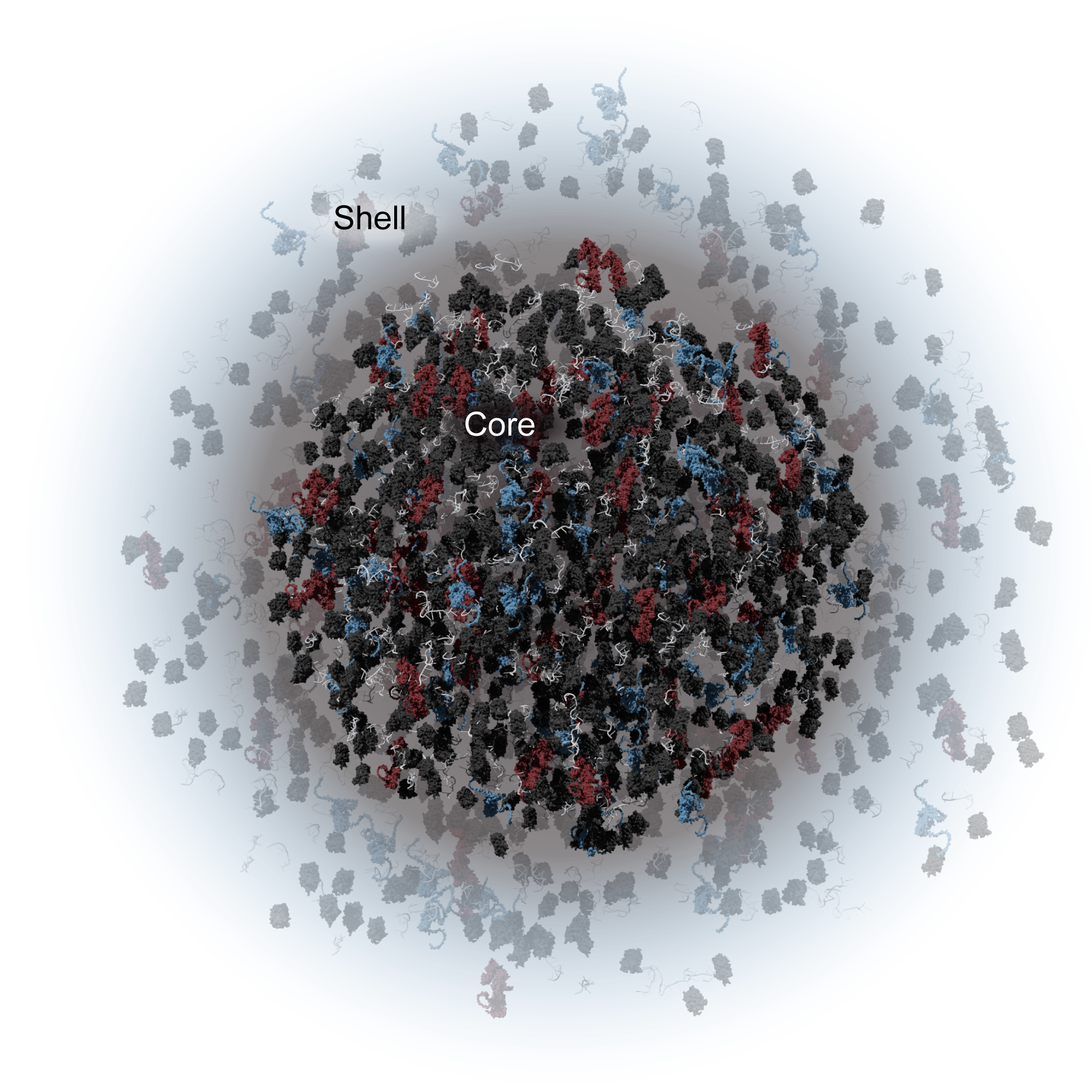Autophagy (meaning “self-eating”) is a fundamental biochemical pathway that plays critical roles in development and defense in plants, animals and fungi. It allows for the degradation of cytoplasmic contents so that they can recycled. The process involves the formation of double-membrane vesicles known as autophagosomes, and is coordinated by conserved autophagy-related (ATG) proteins. Among them is ATG8, which is associated with both the inner and outer membrane and serves as a useful marker in our systems for monitoring autophagic flux.
Autophagy has emerged as a strategic target since it affects key agricultural traits including growth, yield, longevity and resilience. However, we still have an incomplete understanding of its signaling in plants and lack the ability to specifically manipulate the process when necessary. Our research takes a chemical genetics approach and aims to identify new small organic molecules that can modulate autophagy safely and with high specificity. With new compounds, we can also further unravel this vital pathway by identifying their target biomolecules.
Ultimately, we strive to develop agricultural and medical biotech applications using the new autophagy modulating compounds and their targets.
Autophagy research
Stress granule research
Stress granules (SGs) are one of many types of biomolecular condensates. They are protein-RNA complexes that form via liquid-liquid phase separation (LLPS) in the cytoplasm of cells in response to various forms of stress and are suspected to play key roles in the shutdown and reprogramming of protein synthesis. Although SGs are poorly understood, their formation and dissolution has been linked to neurodegenerative diseases and cancers.
Stress granules are thought to have a dense core and outer shell. However, the precise structure and composition of stress granules remains elusive due to the technical challenges of capturing and enriching these highly dynamic condensates. Our research goes beyond state-of-the-art to purify stress granules and elucidate their dynamics, physical structure, and determine what proteins and genetic materials comprise them.


